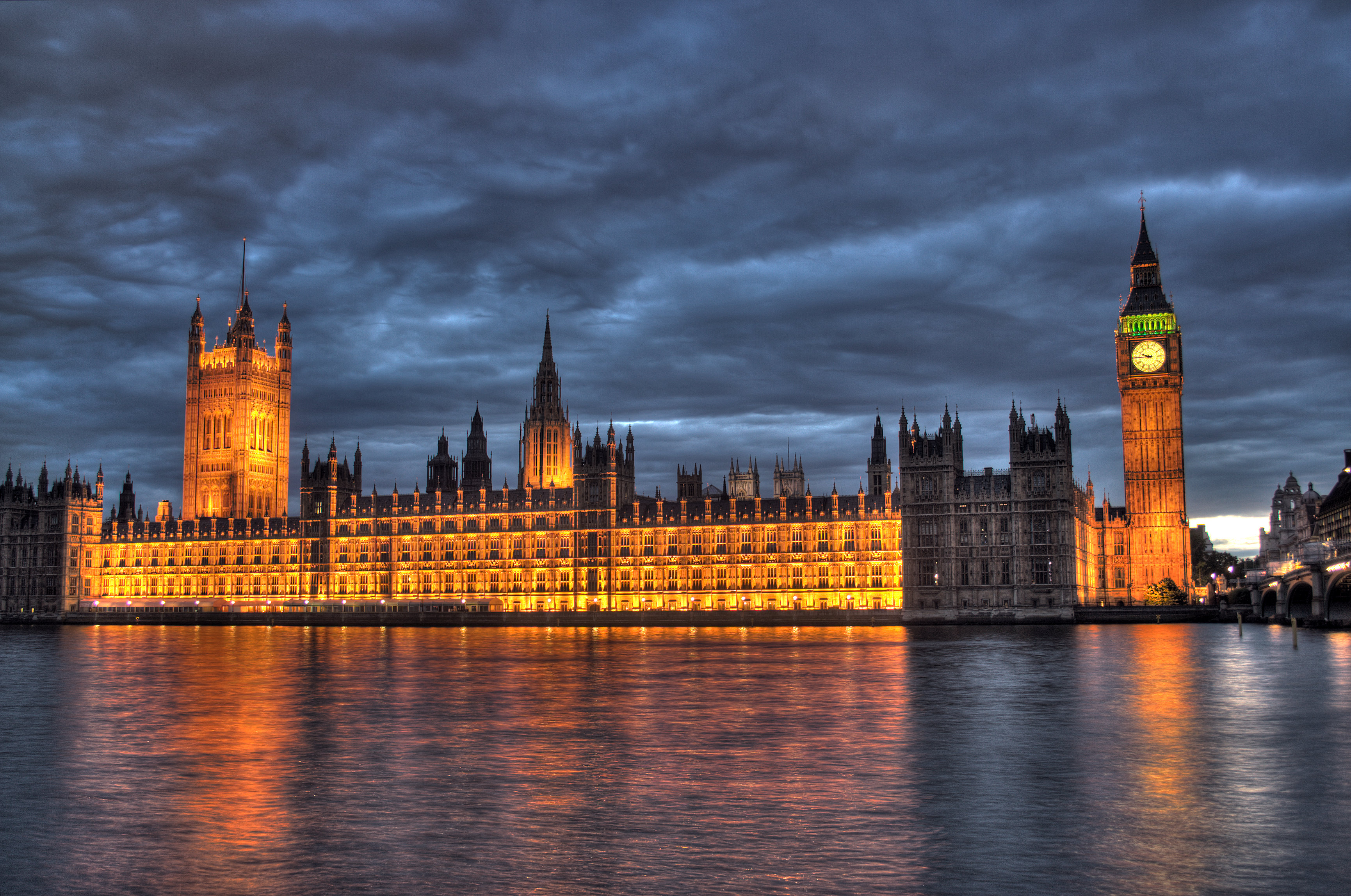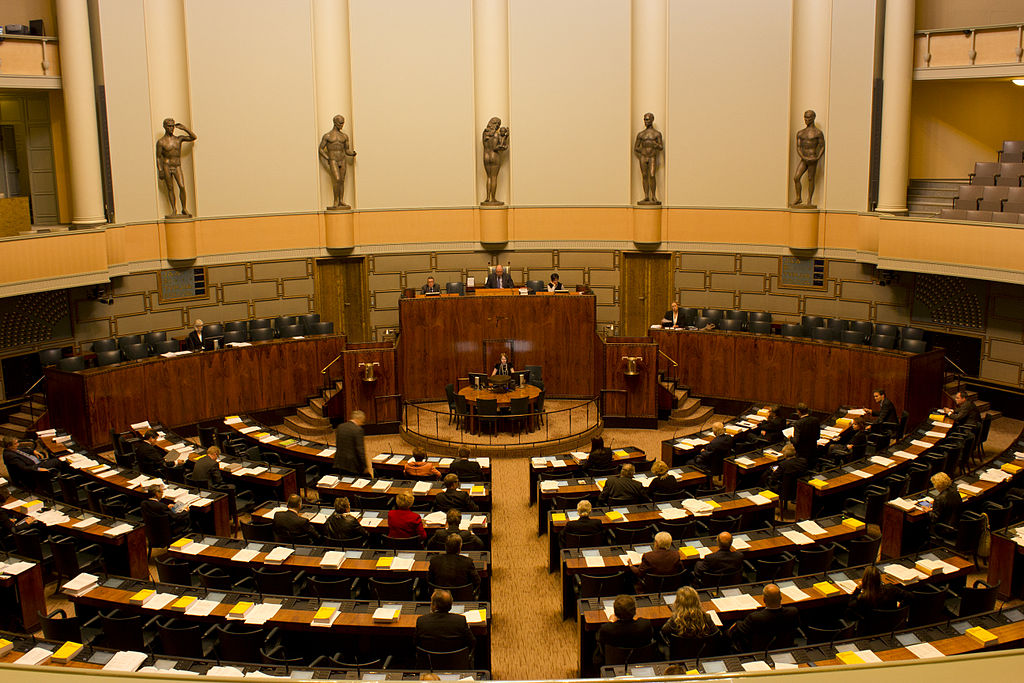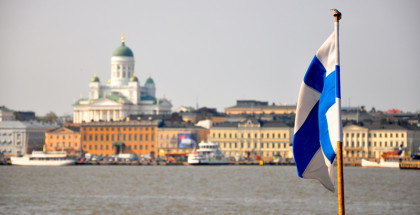
The Finland flag: source- Dispatches Europe
Finland has consistently led the world in sustainability; through healthcare, education, wellbeing, technology, life expectancy, and crucially- climate policy.
Finland is on track to being carbon neutral by 2045 but its approach doesn’t just stem from implementing renewables. The economic infrastructure of Finland, attitude to sustainability, and social policy has enabled innovation in clean energy. That is why Finland is an example to the rest of the world, rather than being a top down process, the energy transition has been broad and long term.
Fossil fuels
As highlighted in a recent press release ,fossil fuel use in Finland is minimal. The share of coal as a heat source in district heating fell to 20% last year, and Finland has one of the “lowest share of fossil fuels in total energy supply among IEA member countries“. Of the municipalities providing district heating, 90% generate their heat mainly from domestic energy sources and 70% from renewable fuels or heat. The graph below demonstrates the extent to which Finland has cut down its emissions since 1990.

CO2 emissions/GDP in Finland from 1990-2016. Source: the IEA
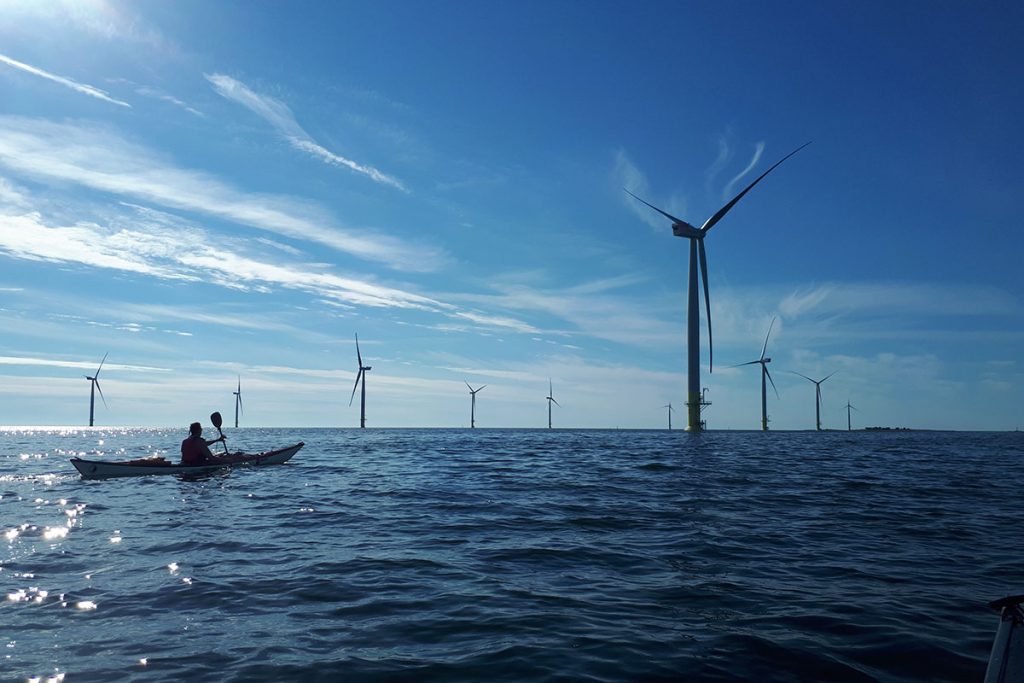
Tahkoluoto wind farm Finland- source: Hannele Holttinen
How Finland drives its energy transition
Finland has not just into wind farms and solar energy. Its energy mix is diverse and Finland has innovative ideas and ongoing investment from businesses into clean energy.
District heat production from the utilisation of recovered heat in Finland is still growing and it has become a significant energy source. Almost 10% of all Finnish district heating was covered by recovery from data centres, wastewater and flue gases.
Second-generation biofuels are also a focus in Finland. This is the by-products and wood residues from the

UPM biofuels in Finland- source: UPM biofuels
forestry industry, used as fuels in heat generation or processed to biofuels (Finland has the leading biodiesel industry in the world). Since 2007, the supply of biofuels and waste increased by 30% whereas oil supply dropped by 9%. The supply of coal, natural gas and peat declined by almost 50%.
Fossil fuels are used as a bridge to energy security and sustainability in Finland. As an environmentalist, it is easy to condemn fossil fuels entirely, but Finland has demonstrated how fossil fuels can be used to enable the de-carbonisation process. Finland is strengthening its integration in the Nordic and Baltic electricity market with new interconnections, and has a common gas market with the Baltic states. The IEA recognises that Finland’s energy policy framework is broad and coherent.
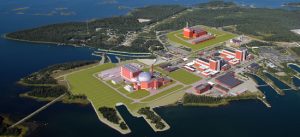
GE Hitachi Nuclear Energy- Nuclear power plant in Finland: source-NuclearStreet
Nuclear is a vital part of Finland’s energy policy. If all planned projects (including the Olkiluoto 3 plant currently under construction) are completed, the share of electricity produced by nuclear in Finland could double by 2025, reaching around 60%. Finland’s nuclear programme has been a huge success to the government’s effective and inclusive planning and consenting regime. The population has a high level of trust in its government due to the government’s transparency and absence of corruption.
Economic structure of Finland

Cooperation in Finland 2014- Pellerco
Finland has a co-operative economy, and I believe that this has been a huge factor in the success of its energy policy. There are more member-owners of co-operative enterprises in Finland than there are people, there are high-tech businesses and regional co-operations within two miles of residents anywhere, and the Finns have developed a community owned model for sustainable rural outlets that integrate different services.
Energy transitions are not just about the government of the country and businesses investing, it is about the structure and infrastructure of the country itself.
Finland has sustainable consumer behaviour change as a result of progressive social policy. Sitra is a fund which carries out a mission of sustainability. It makes investment in Finnish companies, is designed to test new ideas and most importantly takes risks in its investments. This is just one example of innovation in Finland which leads to unique energy ideas.
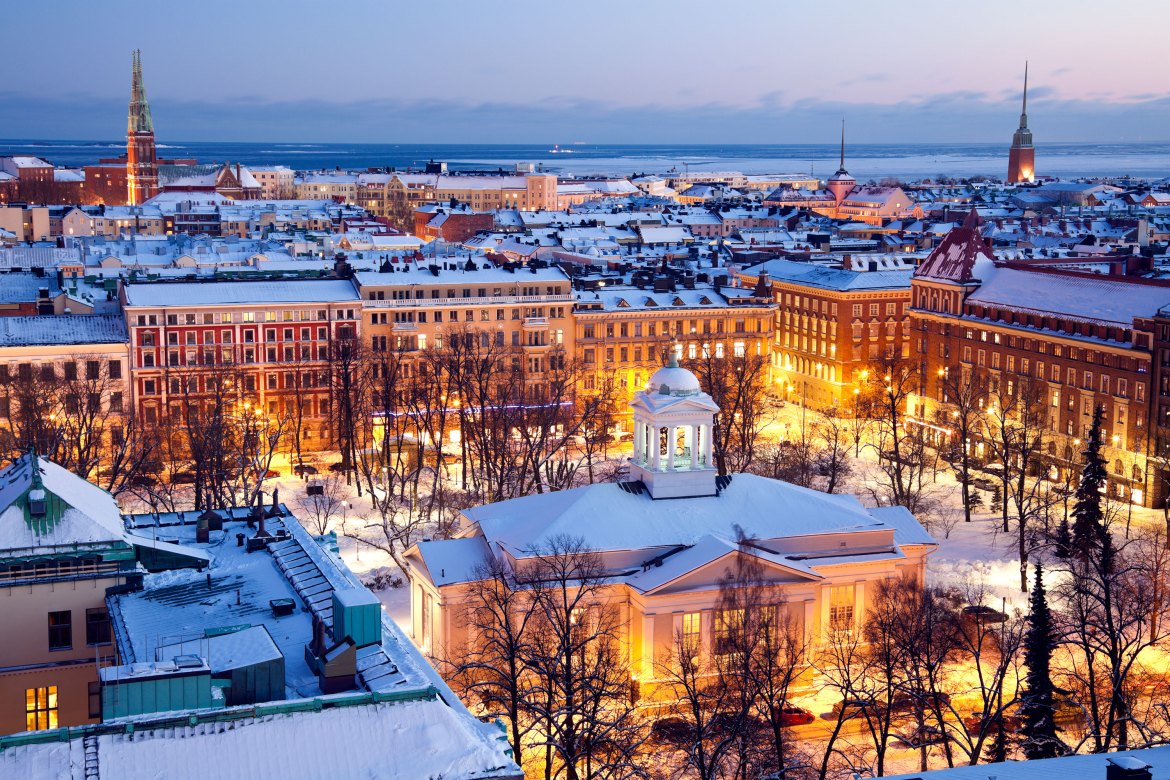
Vanha Kirkko Church in Helsinki, Finland. St. John’s Church (Johanneksen Kirkko) far left, Protestant church far right. Source: DispatchesEurope
The Peloton Innovation camp, implemented by Demos Helsinki is another example. Peloton gathers teams, start-ups and large companies for “co-creation and establishing new business experiments and partnerships”. It is a policy instrument used to show politicians a way to alter behaviour and create new jobs, it also shapes Finnish consumers’ relationship with energy by spurring the growth of new businesses.
The Peloton camp recently came up with the following ideas; turning wasted food into consumable food, ‘Weego’ for renting other consumers’ cars when not in use, ‘Mökki-sharing’ sharing summer cottages when not in use, energy saving devices for housing co-operatives, a material portal for professionals so they are able to order recycled materials from companies, a widget to show how much electricity is being consumed on companies’ websites, and finally ‘Kefu.fi’: a citizen- driven website which enables users to share their environmental knowledge.
Energy is not just about the resources, it is about how the country is structured in all sectors of society
The climate blind spot

Finnish pine trees- source: Honka
Finland is not perfect. In November last year, it surfaced that the Finnish government had unveiled a new climate and energy strategy with the intention to increase wood harvests by nearly 25%. The Finnish Natural Resources Institute has predicted that this will mean Finland’s forest carbon sink will halve, from -26.6 million tonnes down to -13.3, something Finland’s own forest strategy also foresees, and the national Energy and Climate Strategy 2016 further confirms. If carbon isn’t in the forests, it will be in the atmosphere.
Linking Finland to the UK
There is a clear difference in the way the UK approaches energy policy. However, the UK is on the right path to achieving emissions targets. In 2017, the UK energy mix consisted of 10.2% from renewables (up from 9.2% in 2016), 9 years ago Britain generated nearly 75% of its electricity using natural coal and gas, in 2018 this dropped to under 45%.
However, the UK government has withdrawn support for new onshore wind farms in mainland UK, withdrawn subsidies from solar, taxed renewables, sold the Green Investment Bank, gotten rid of the Zero Carbon Homes Policy and finally, cancelled the £1bn Carbon Capture and Storage competition.
The recent Deiter-Helm energy review demonstrates a glimpse of following in Finland’s footsteps. To summarise this review there were two key concepts within what Greg Clarke calls a ‘Trilemma’: A Firm Power Auction and having Independent System Operators.
The idea of having a Firm Power Auction, this is where businesses decide how to deliver low carbon capacity rather than asking the government to make technology choices. Within this, having a £315 million Industrial Energy transformation fund which will help companies invest in money-saving and decarbonising technologies.
The Independent System Operators, meaning that we adapt the national grid itself to save energy. This would involve giving distribution companies more power and adopting an engineering standards review.
Finland demonstrates that successful energy policy which sustainably tackles the climate crisis involves a co-operative economy, progressive social policy, investment into unique energy policy ideas, and initially bridging this transition with fossil fuels. The UK is beginning to take this approach, and it is necessary for every other developed country to carefully analyse Finland’s energy policy.

